Sabi Sabi and Mala Mala are two of the most well known names in the safari and wildlife photography industry. A part of the Greater Kruger National Park, both these destinations offer fantastic wildlife viewing, especially of big cats.
Over the past few years I have been fortunate enough to visit both Sabi Sabi and Mala Mala a number of times and in this blog post I would like to share with you some images from these two destinations, as well as the camera gear and other equipment I personally like to use when visiting both of these destinations.
What gear do I pack for Sabi Sabi and Mala Mala and why?
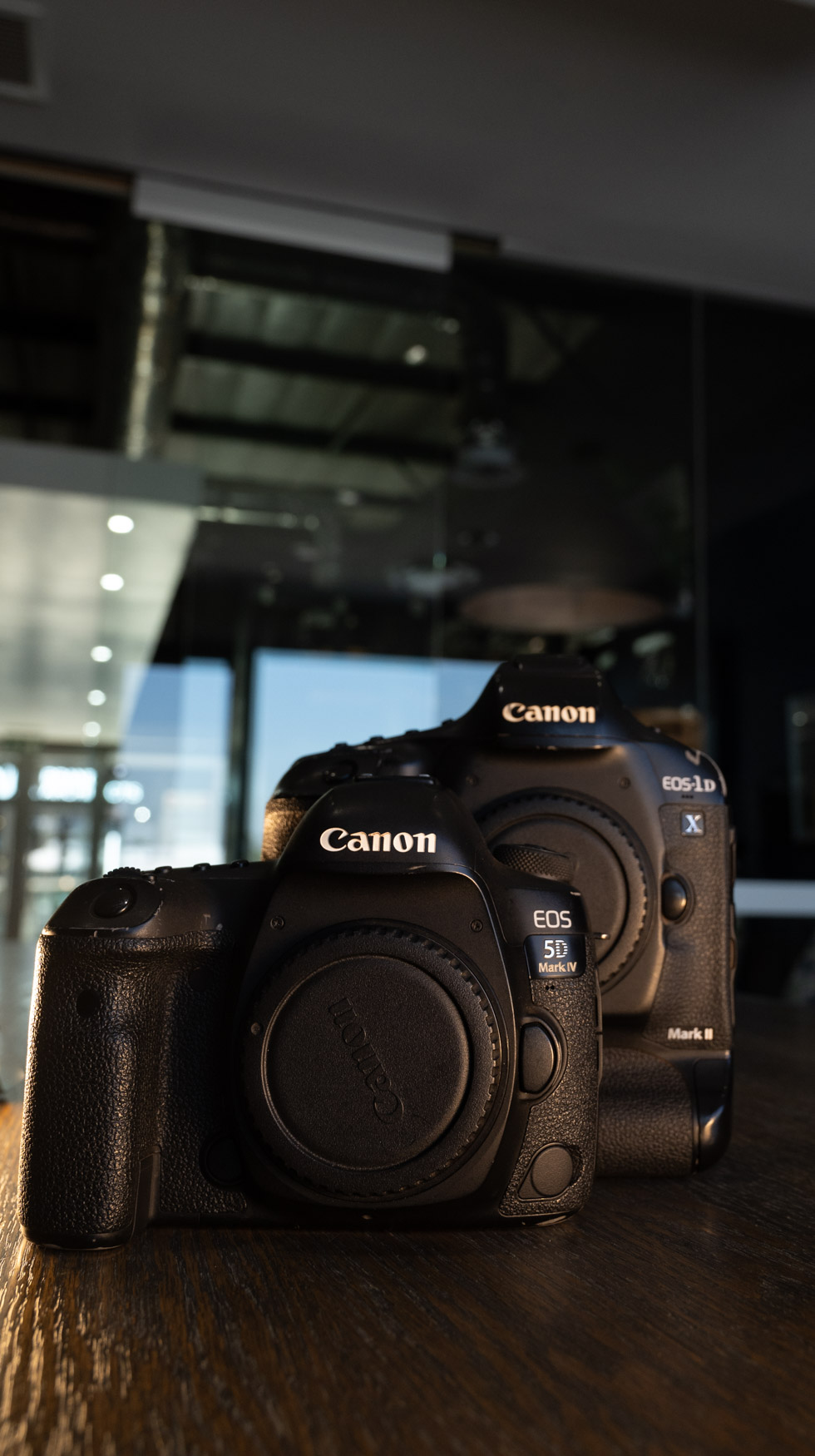
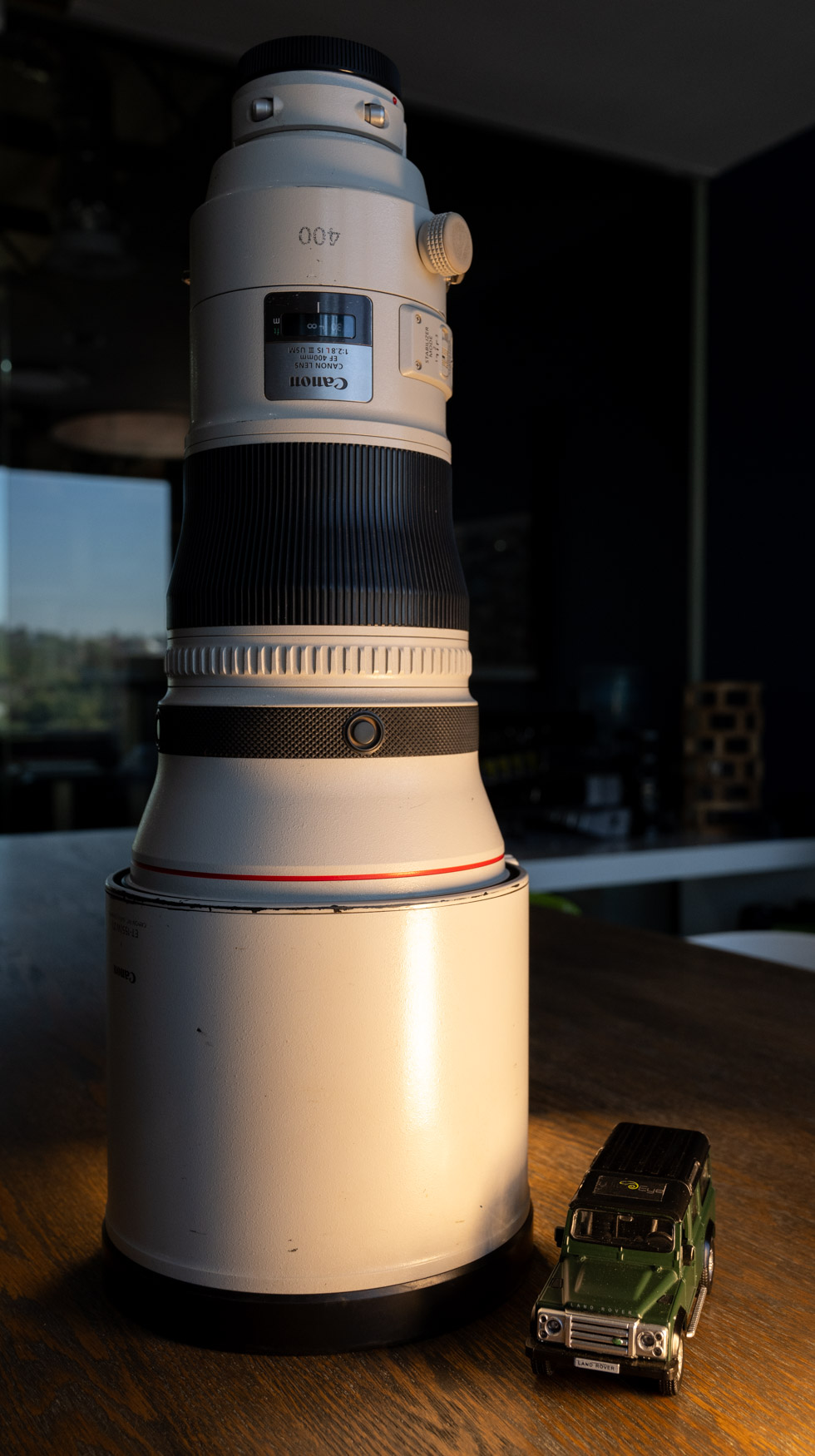
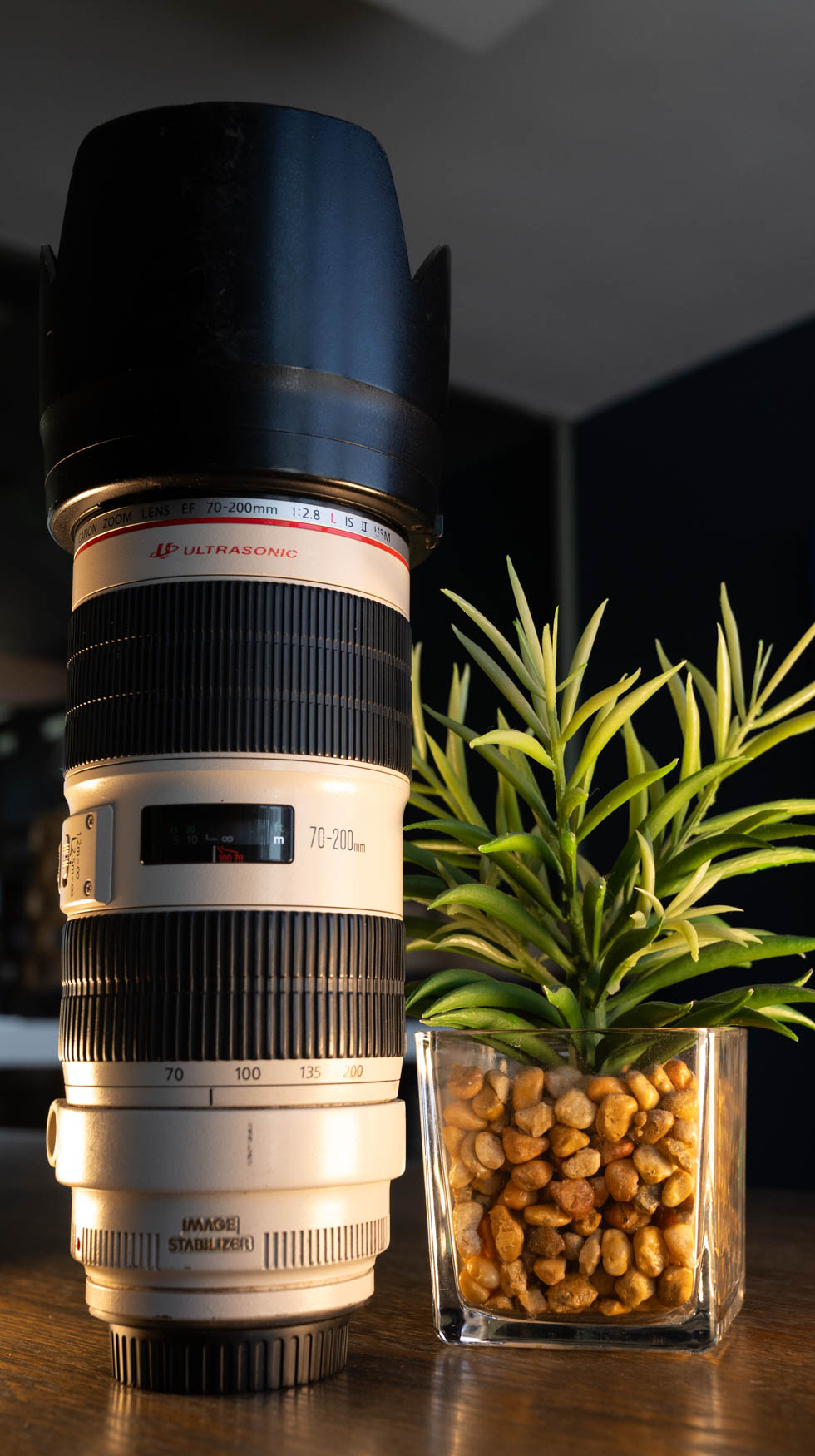
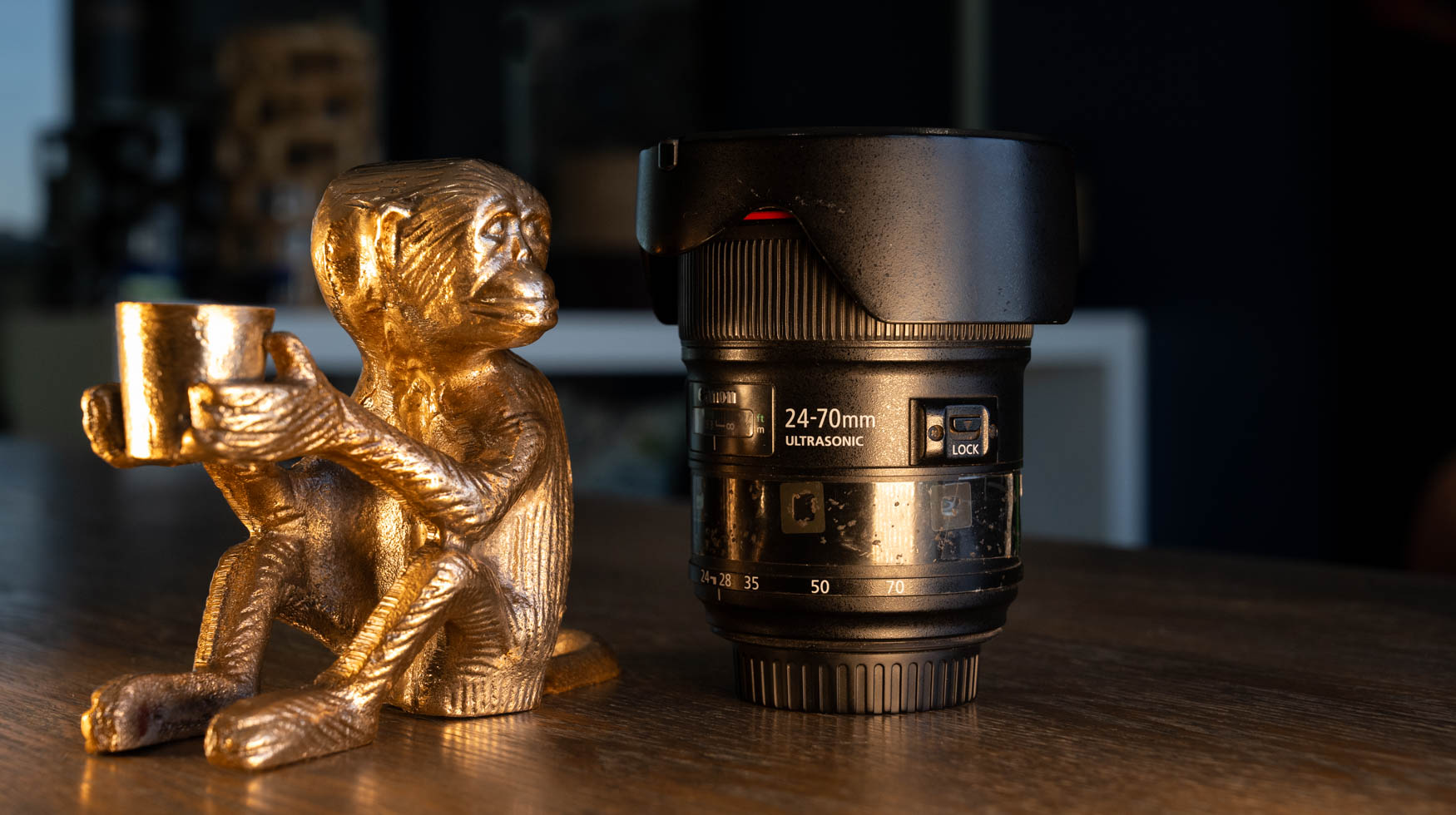
What gear is inside my bag?
1 x Canon 1DX2
1 x Canon 5D4
1 x Canon 400mm 2.8 lens
1 x Canon 70-200mm 2.8 lens
1 x Canon 24-70mm 2.8 lens
1DX2 and 5D4 chargers
6 x 64GB memory cards
Card Reader
Binoculars
Osmo Pocket camera
Sabi Sabi and Mala Mala are both destinations where one can get a great variety of images. Being able to go off road at both of these locations means that one can get beautiful close up portraits, but you can also create stunning animal in environment type images using a wide angle lens.
The aspect that allows for unique images are the night drives. Using a spotlight to either have backlit or side lit images can be a lot of fun but has to be done in an ethical way and with the animal's best interest at heart.
I would have my camera's setup as follows:
Canon 1DX2 with a Canon 400mm 2.8 lens. This is more often that not a go to for me to document the first couple of images. I love the 400mm 2.8 lens and although it can be limiting at times, especially when the animal walks towards you, it makes you think outside the box and look at creating different types of images. The 2.8 factor also comes in super handy during low light conditions, when predators are usually at their most active or when you are photographing with the use of artificial light (like a spotlight). The reason I pair this up with the Canon 1DX2 is because of the speed (frames per second) that the 1DX2 has, and I also prefer a bigger, heavier camera to balance out the bulky 400mm lens.
On the second camera which is a Canon 5D4 I would have a 70-200mm 2.8 lens attached to it. The 70-200mm lens is one of my all-time favourite lenses and one that I would take with me on every single trip I go on. This setup is great for telling a story in your images by including more of the environment and is also great for shooting video. With both the 70-200 and 400mm lenses being 2.8, it means that during low light situations you are able to choose a low enough aperture to assist with your shutter speed, something which is crucial when photographing wildlife on the move.
The third lens I will take with me is a 24-70mm which I will use for taking photos of moments on safari such as coffee stops, guests in the field etc or to create s wide angle "animal in environment" type of image. Imagine a leopard in a dead tree, big white puffy clouds in the sky, parking close and shooting wide... It's what dreams are made of and I will always carry a wide angle lens in case a situation like this presents itself.
Here are some of my favourite images taken from Sabi Sabi and Mala Mala.
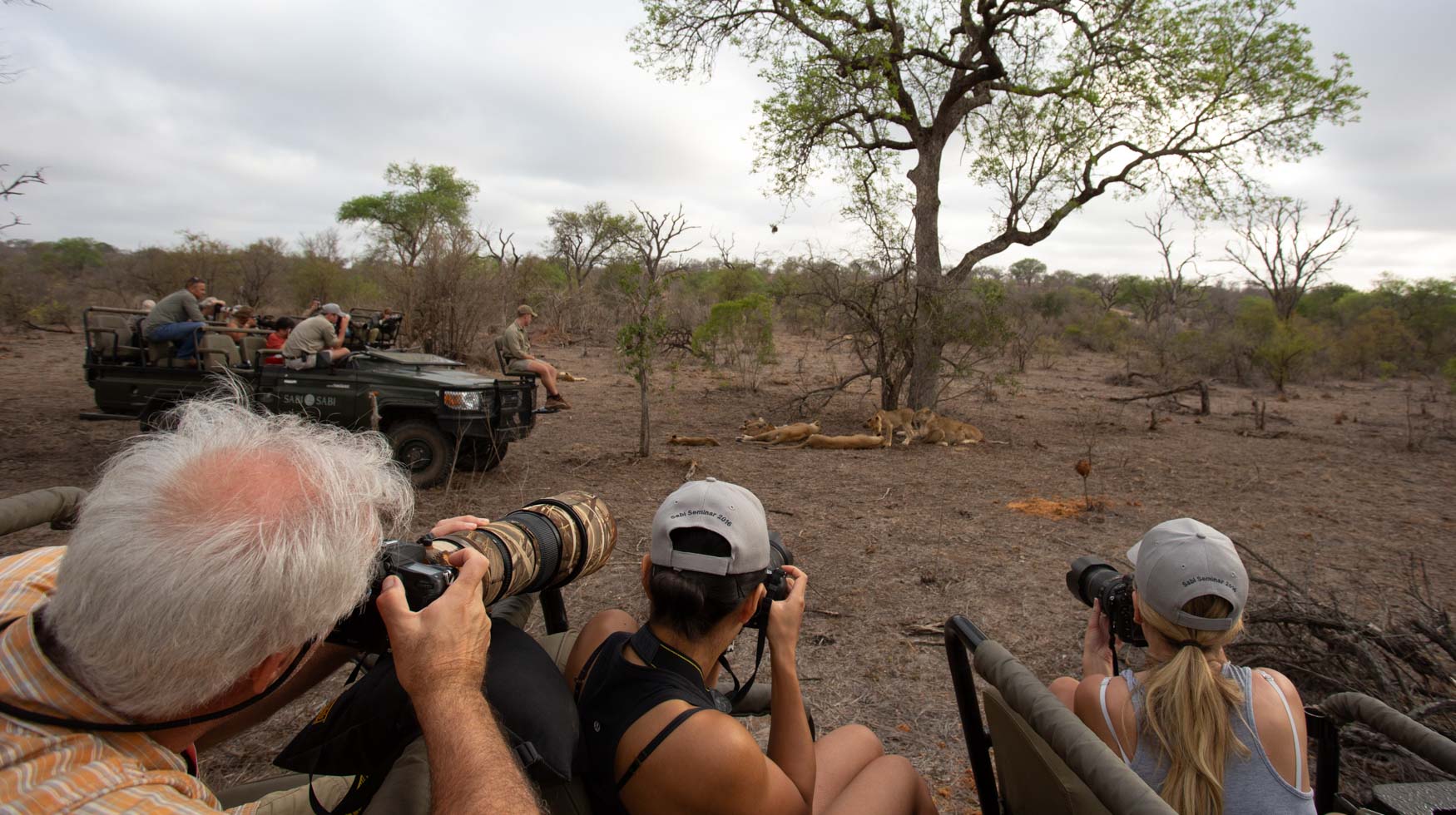
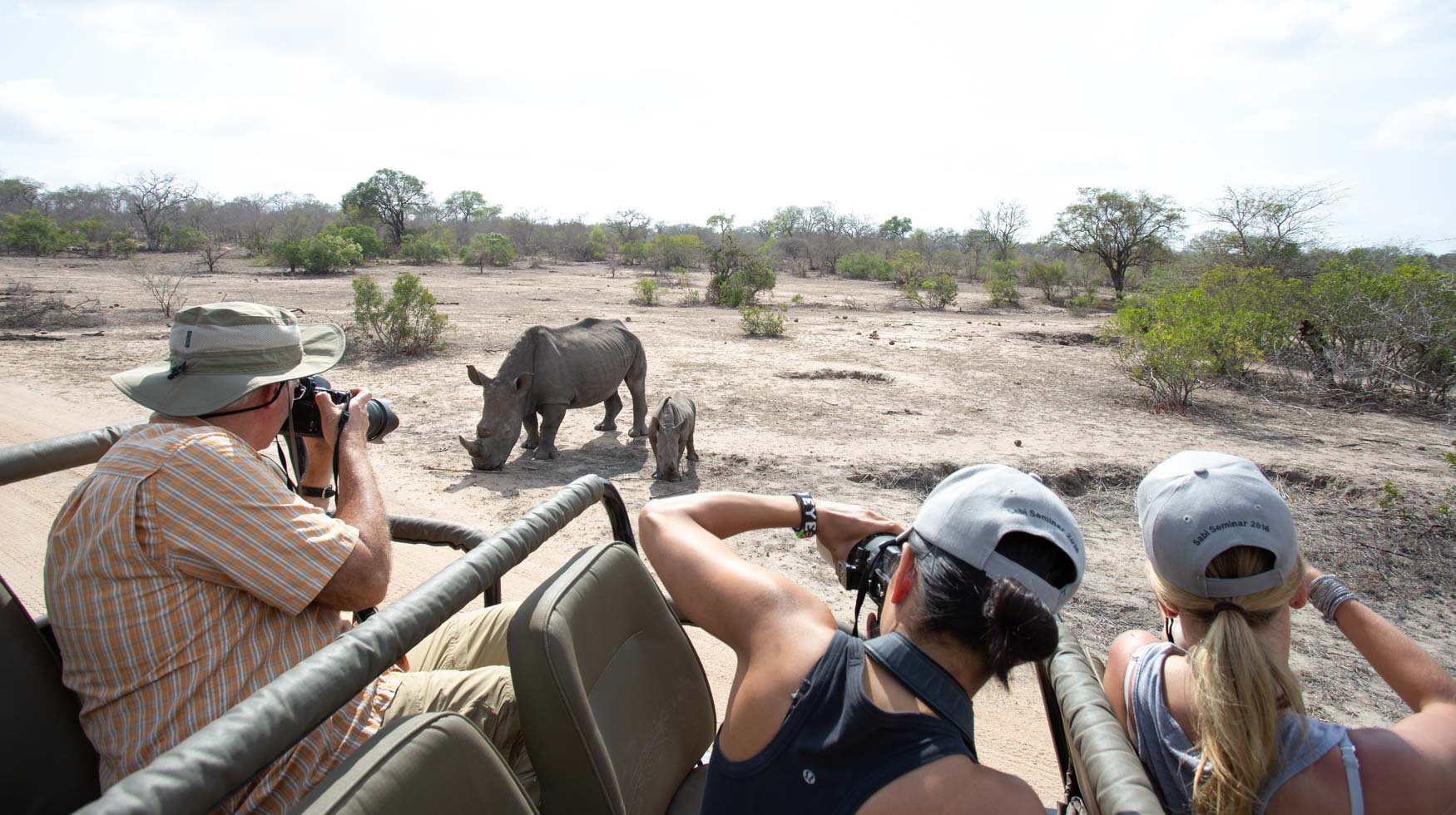
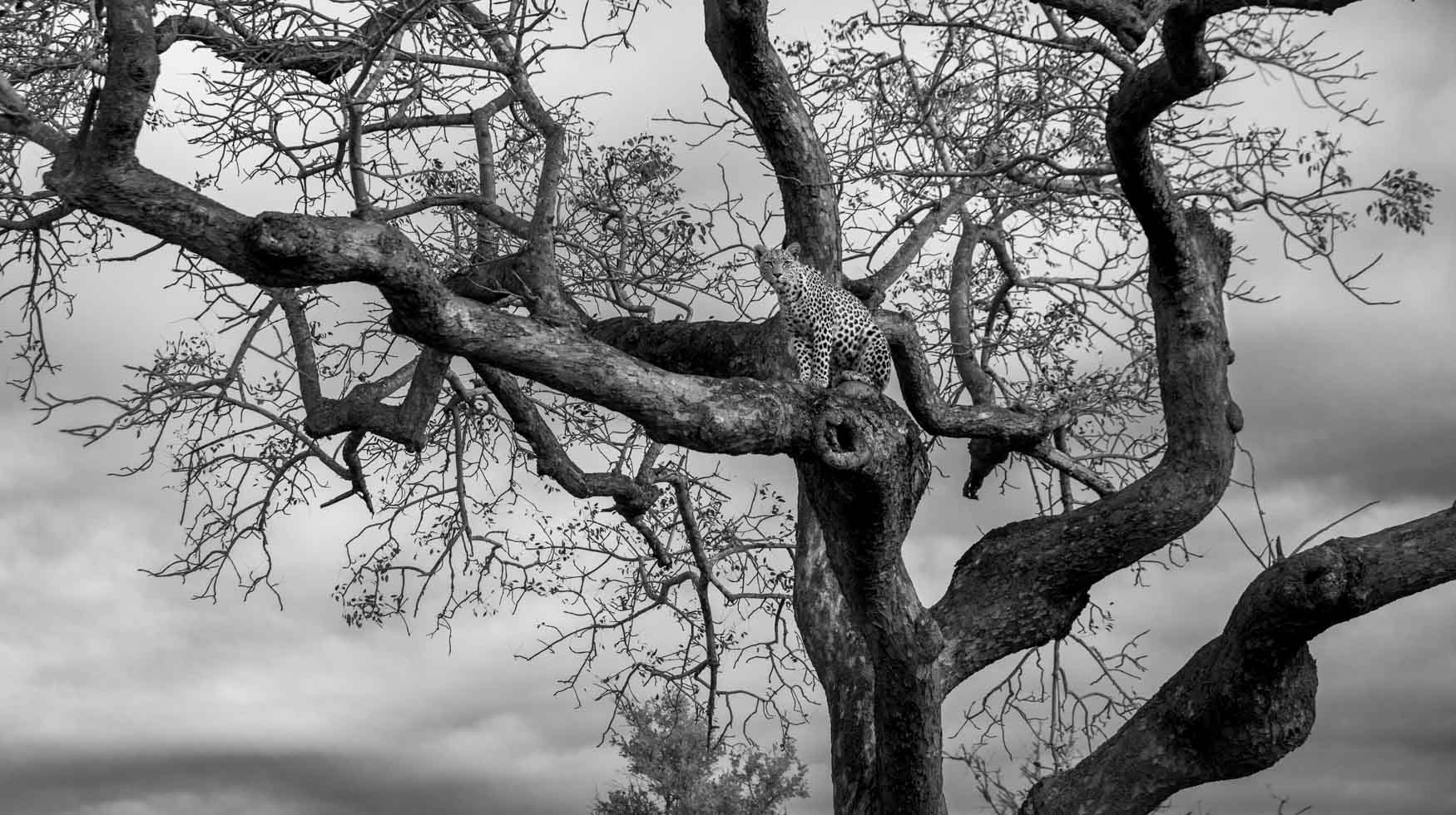
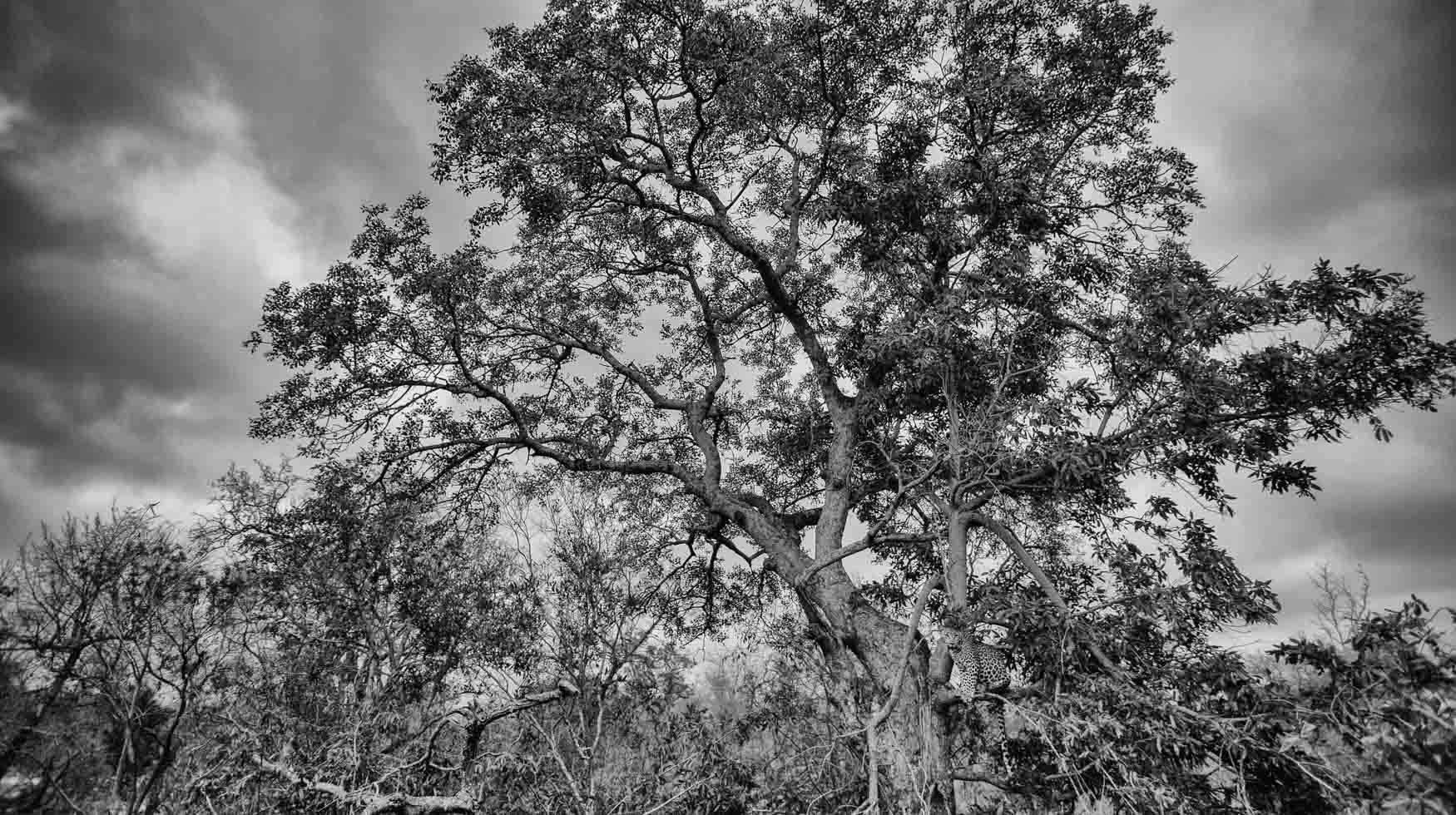
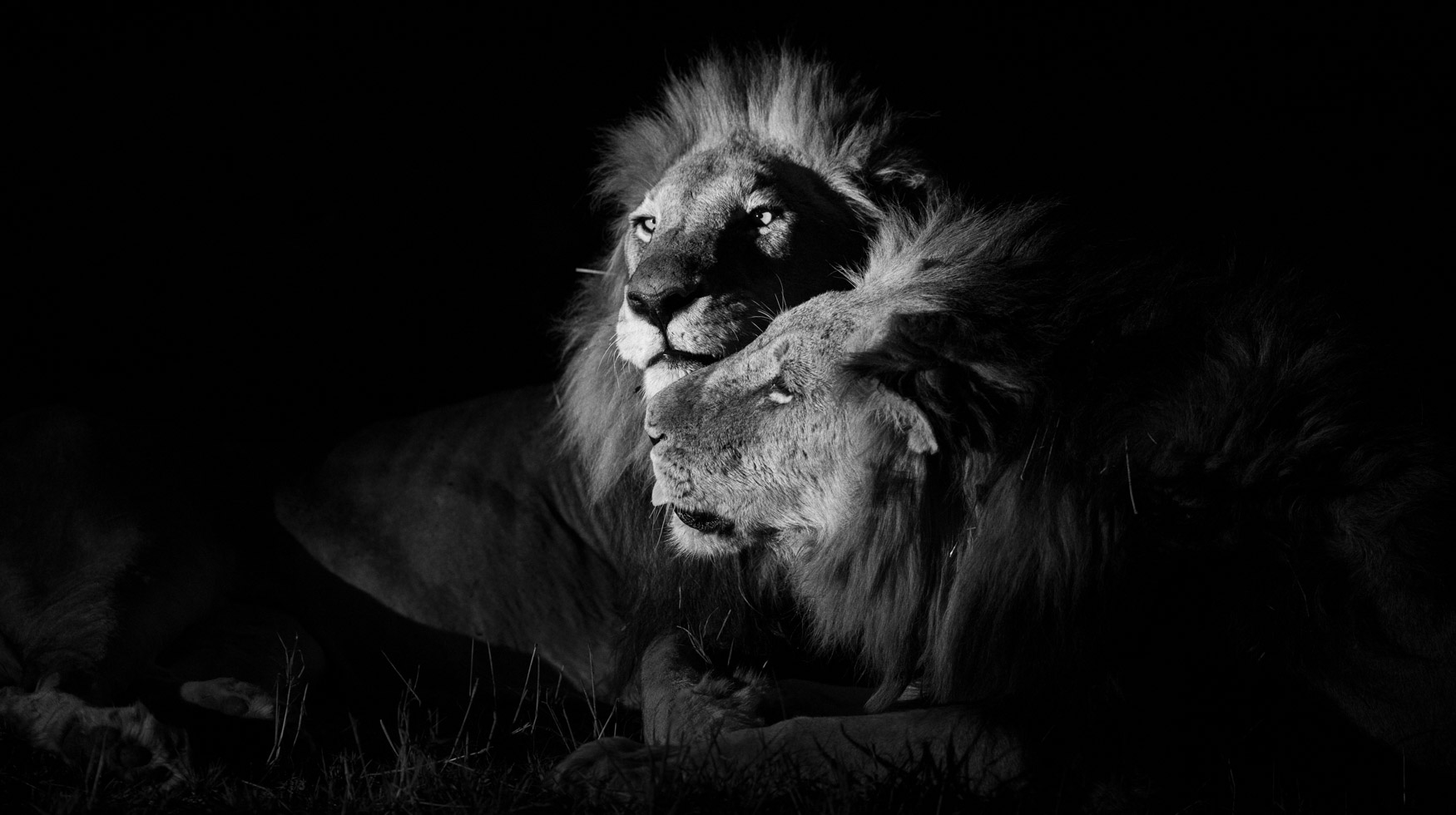
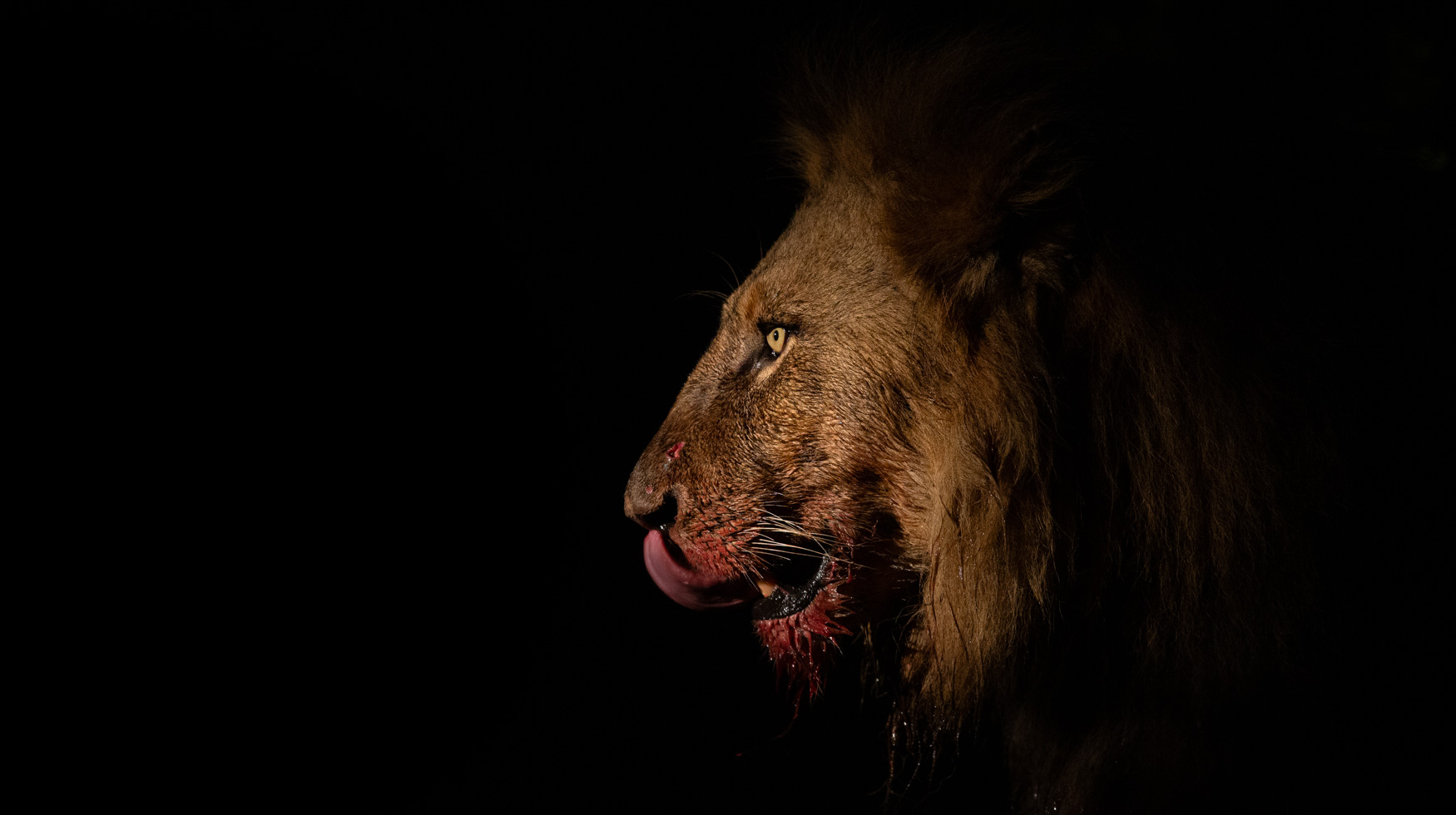
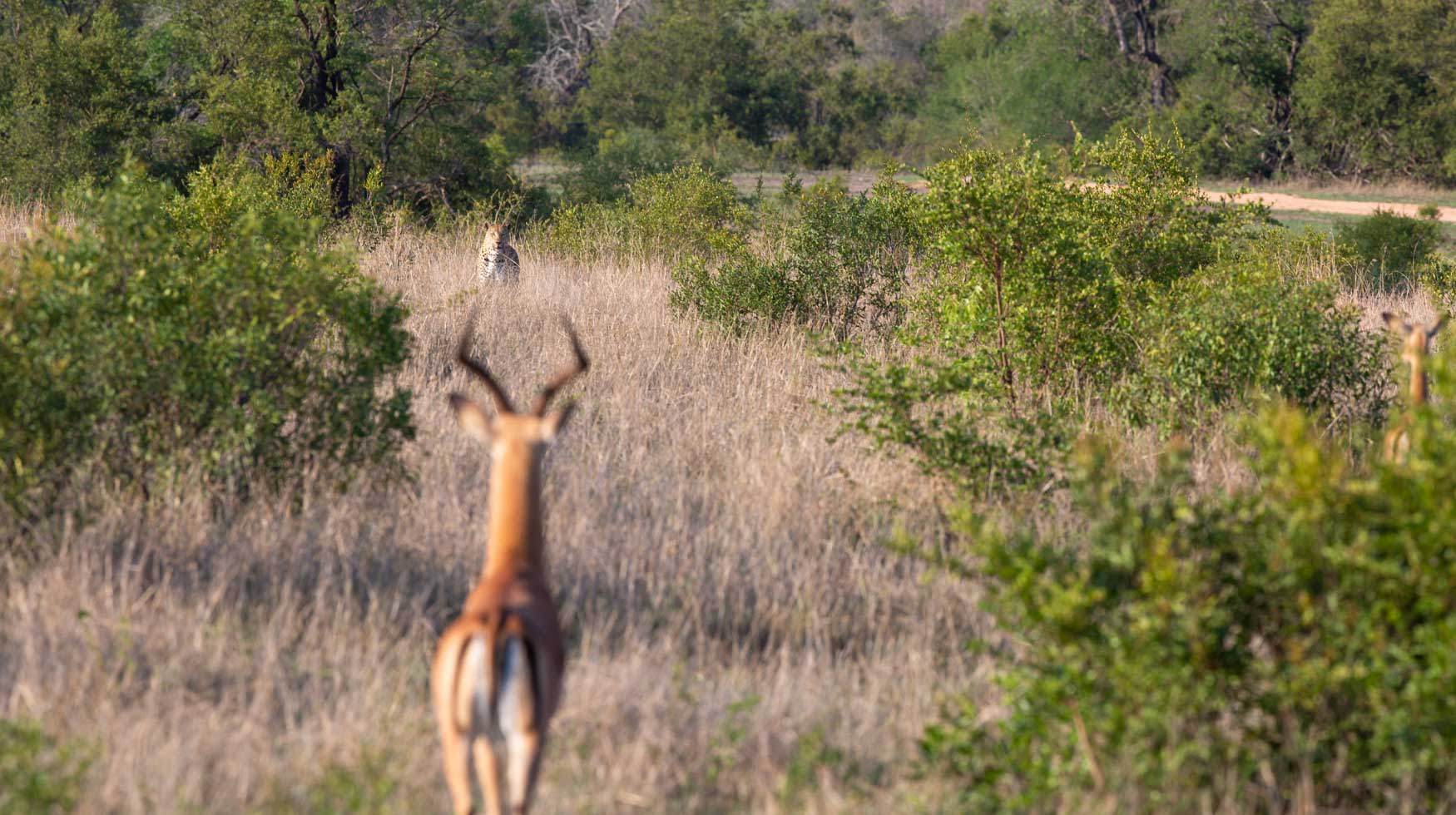
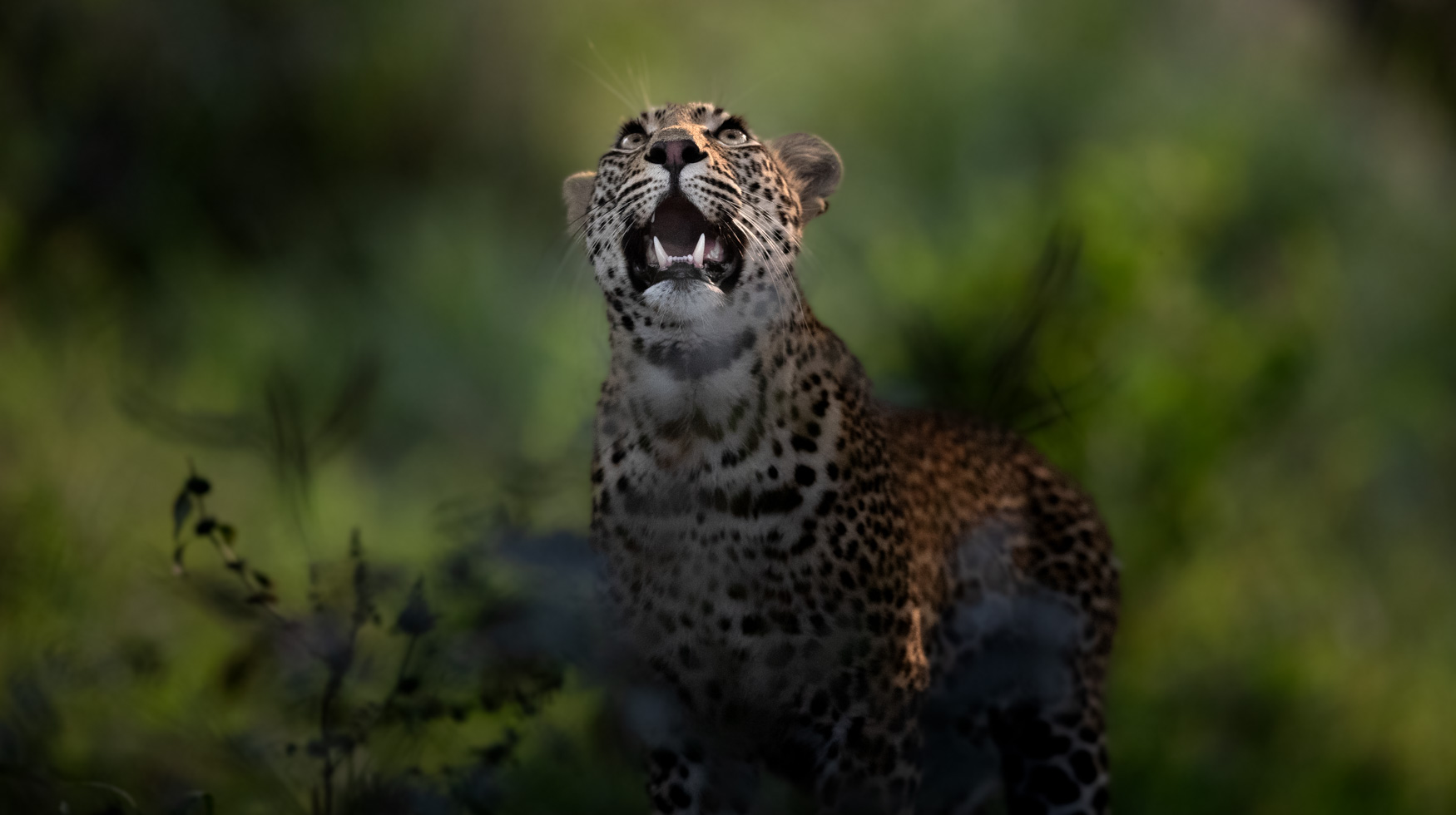
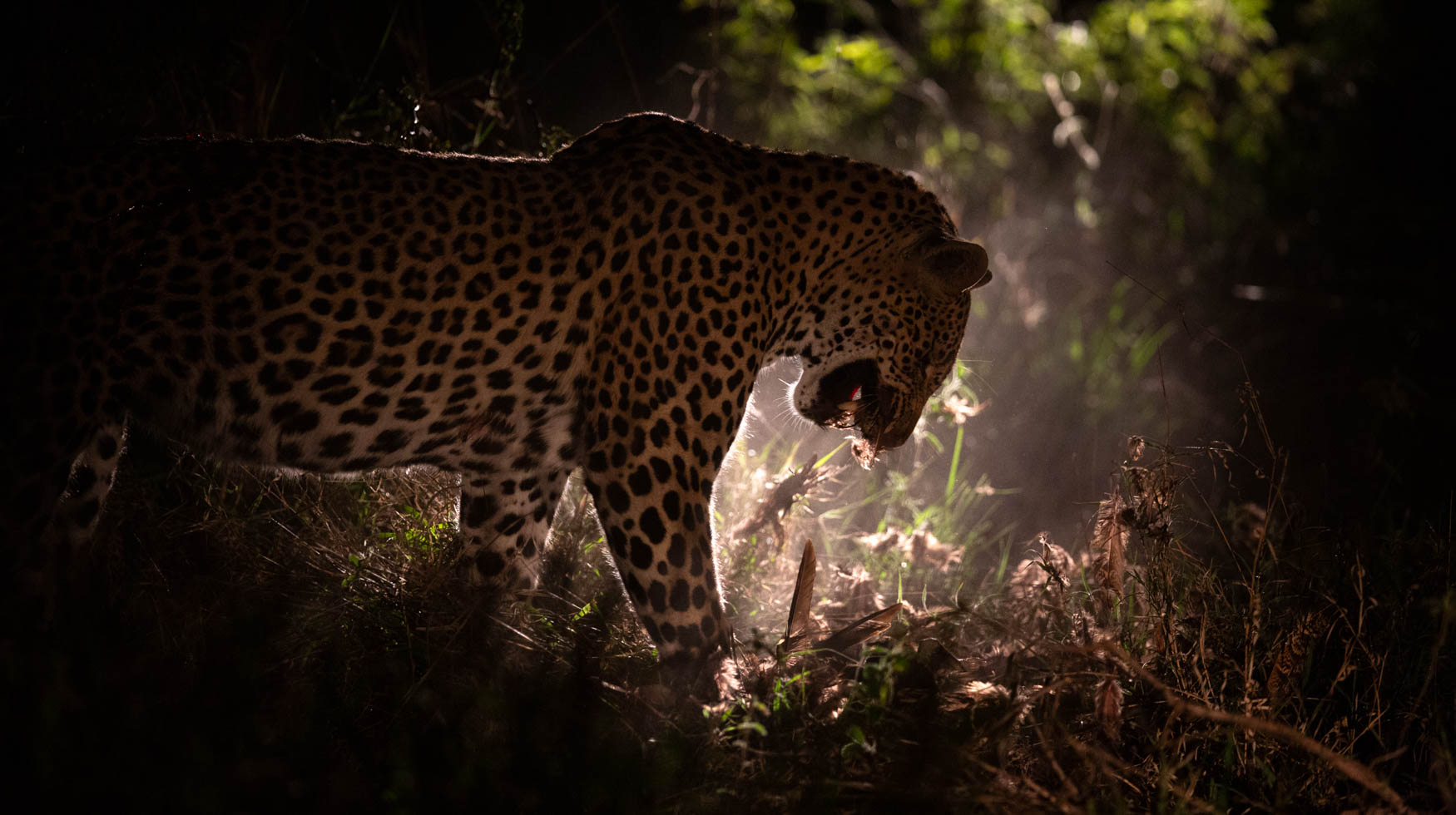
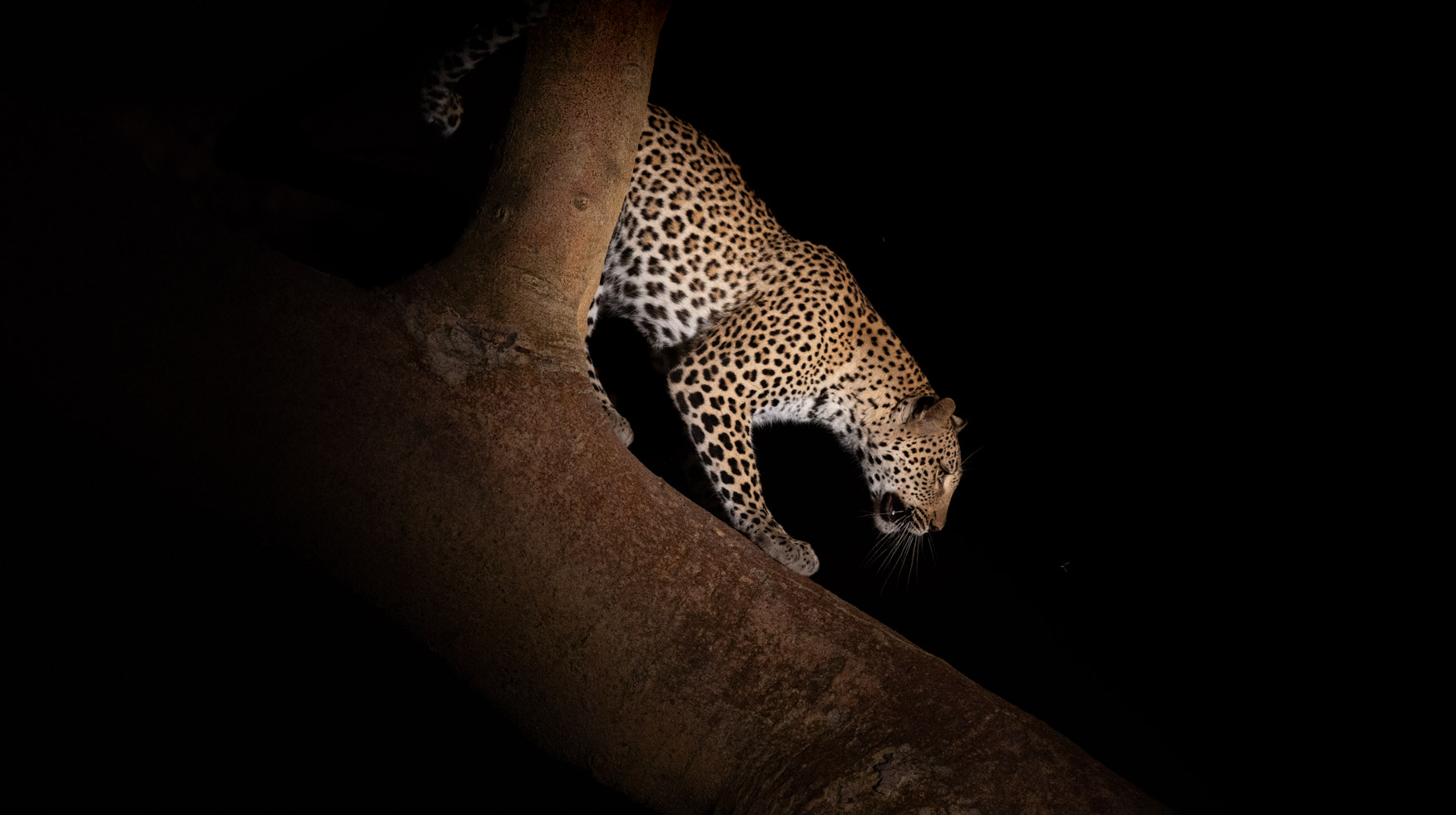
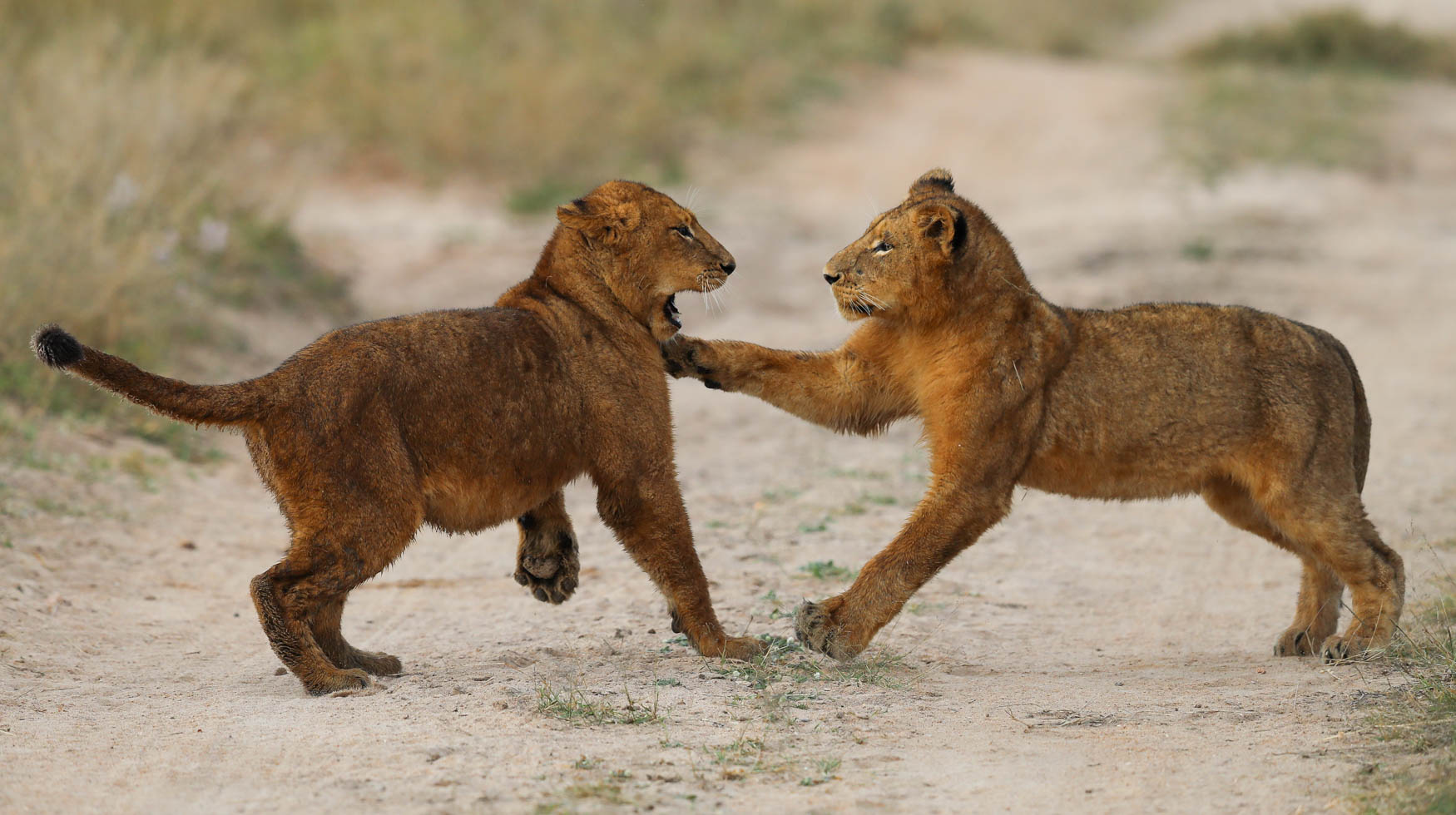
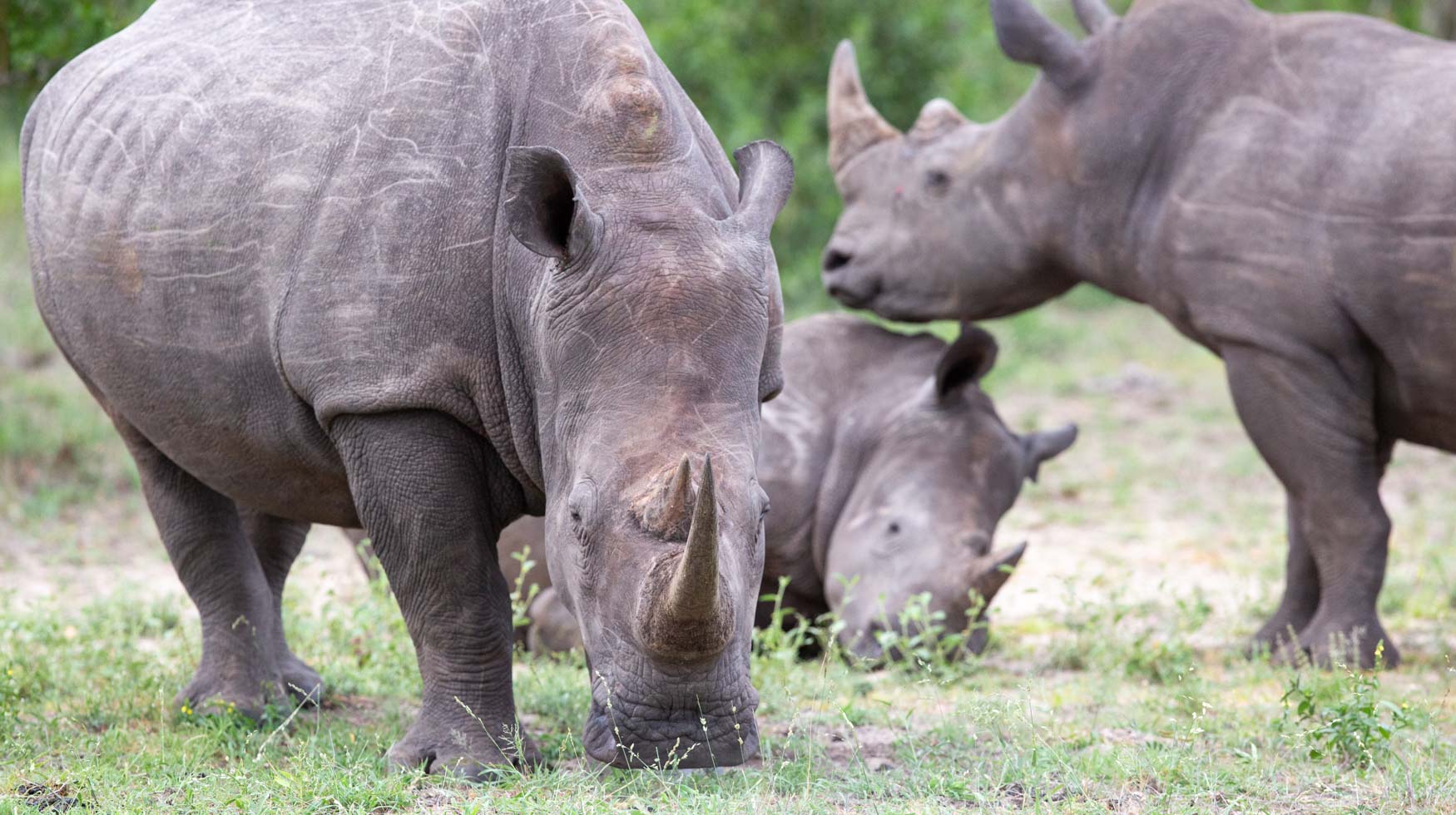
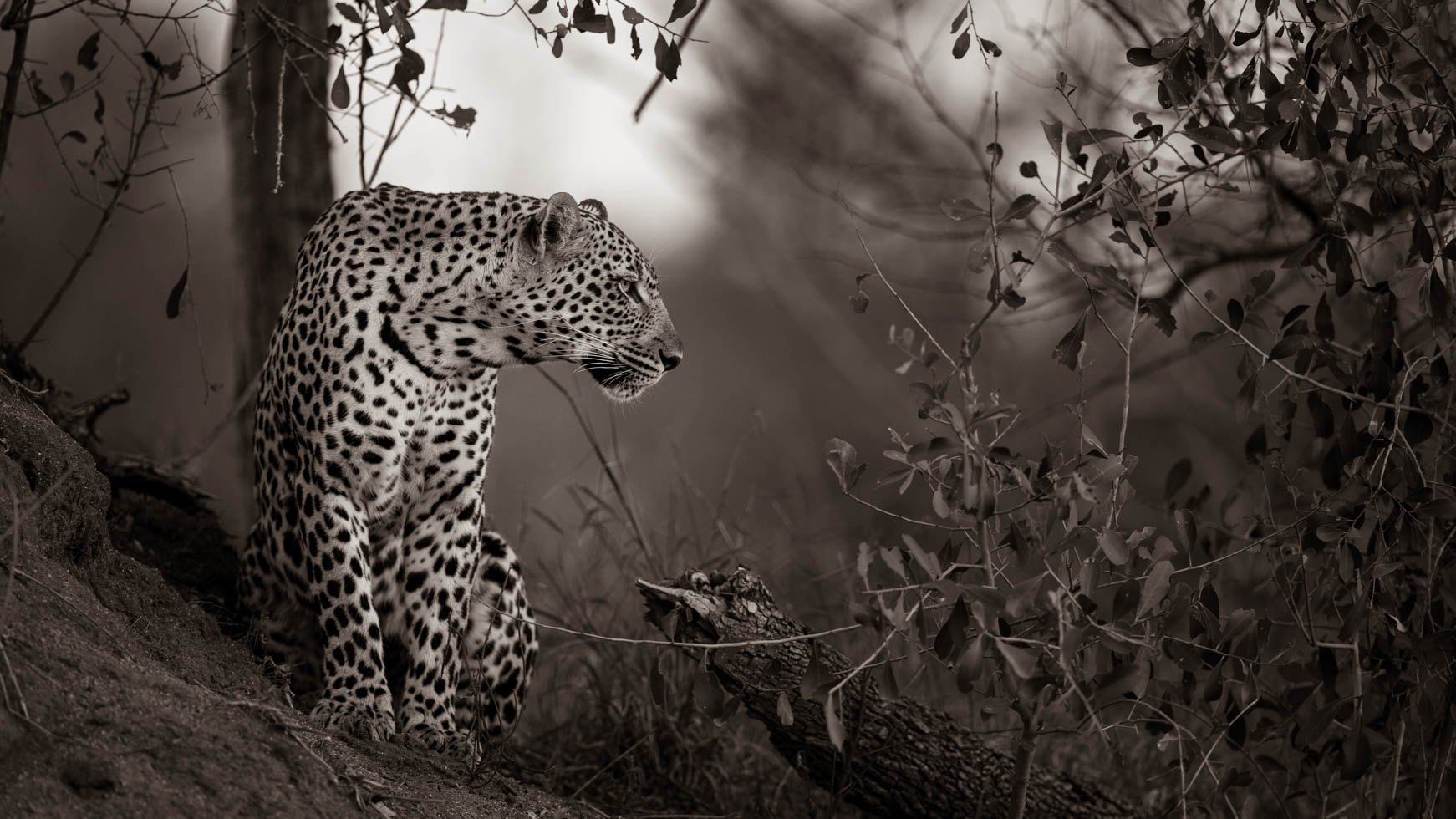
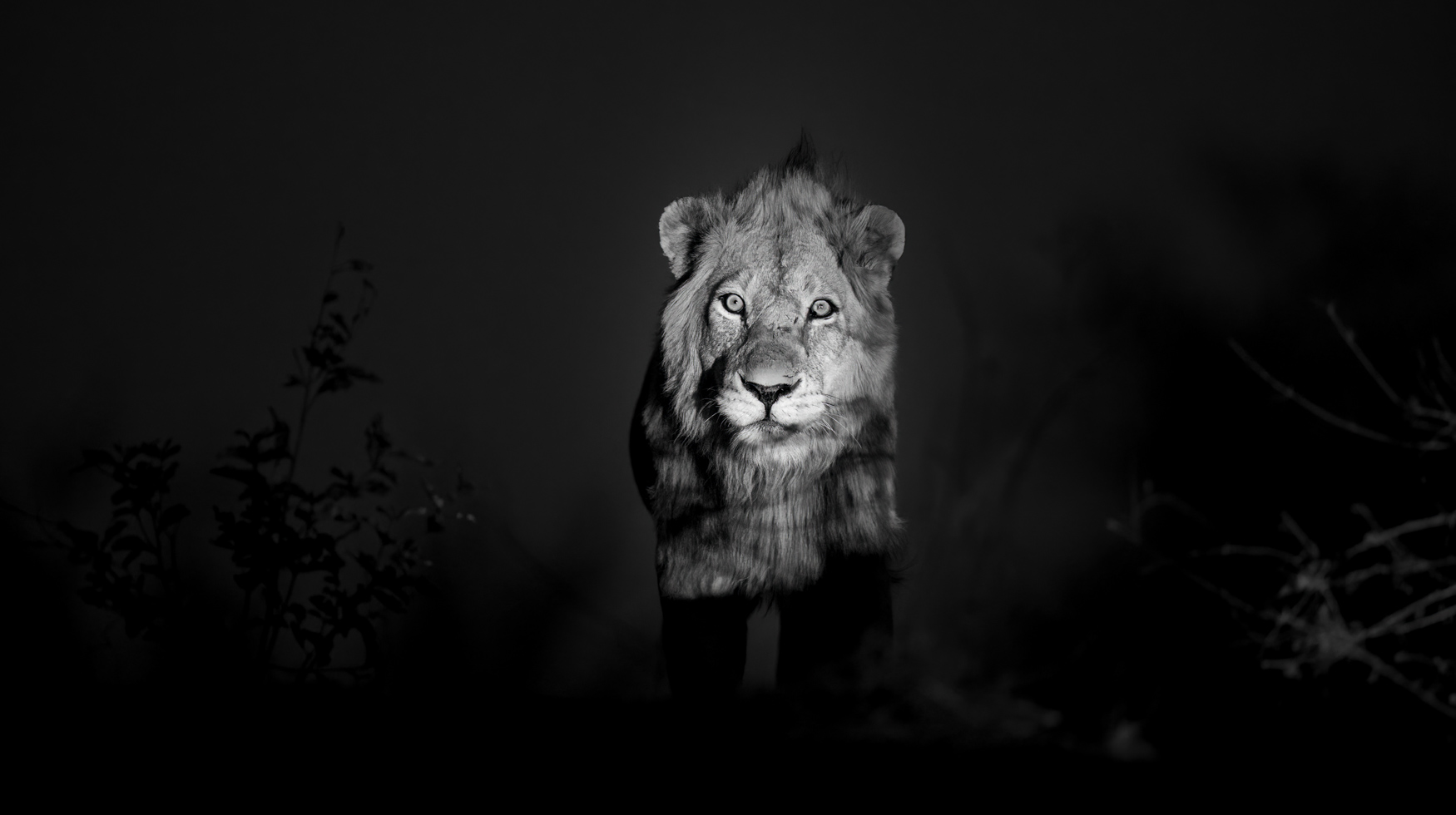
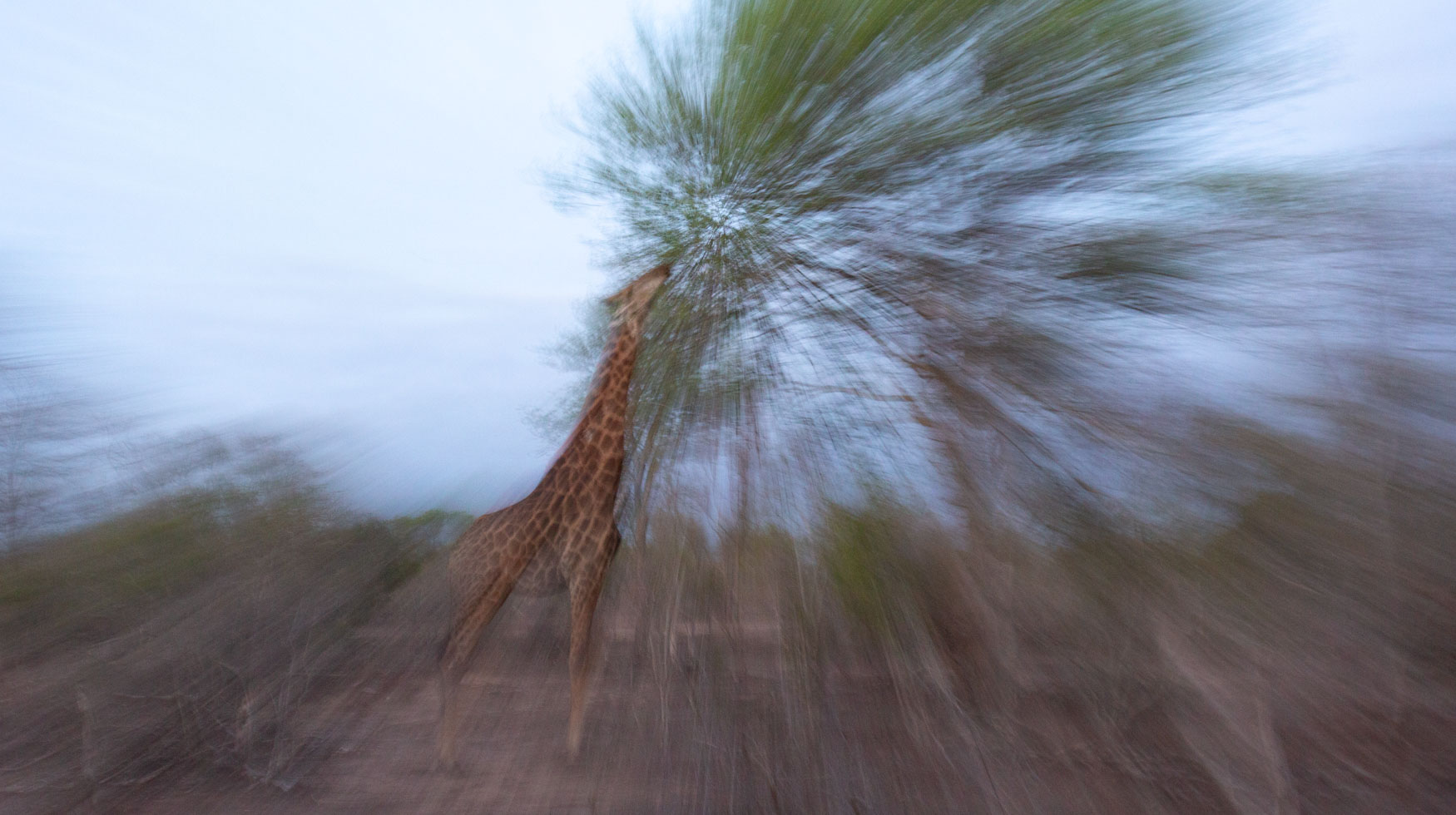
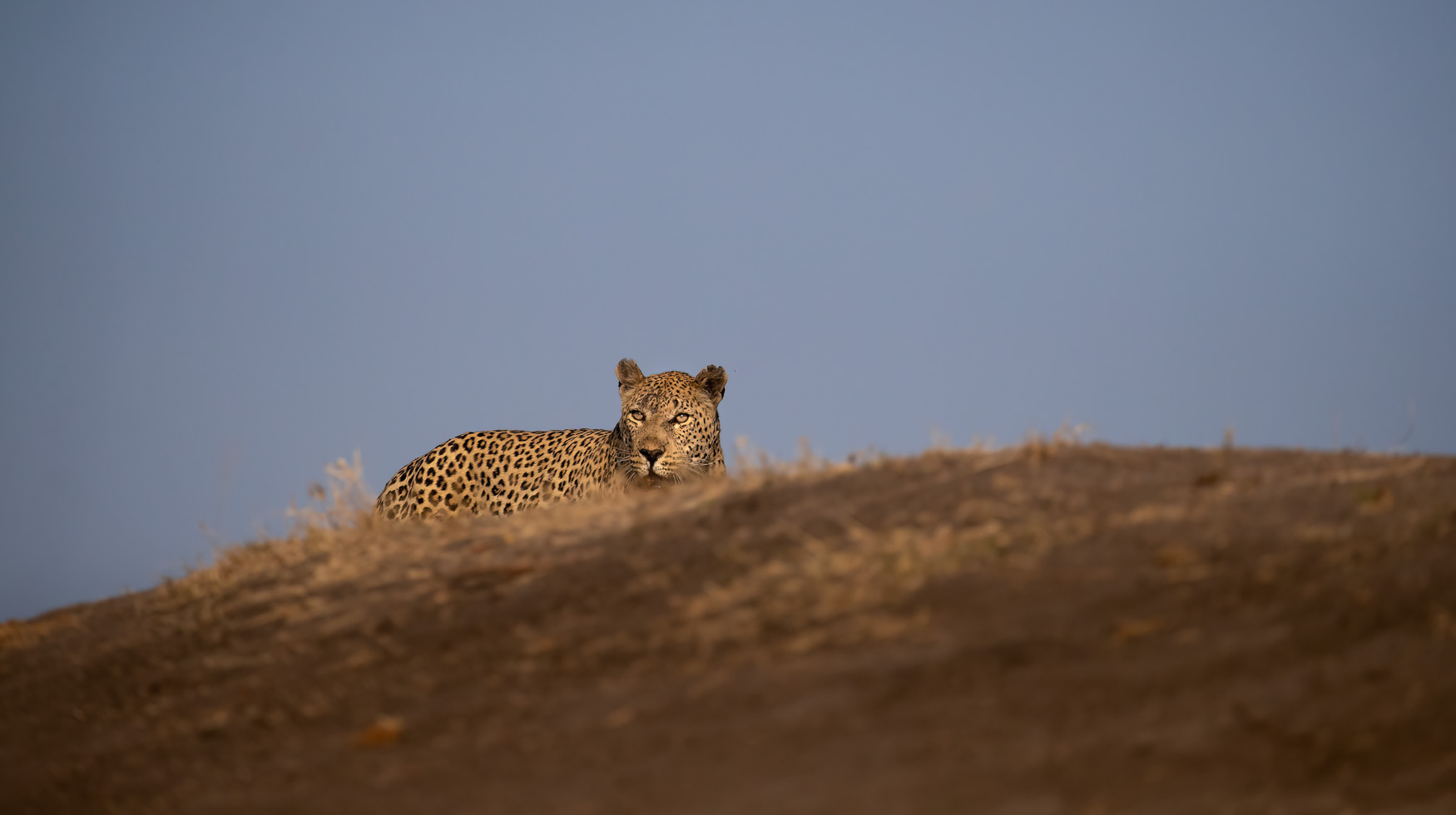
Laptop, External Hard Drives, Memory Cards:
After you have captured our images, we need devices to view the images, store them and back them up, therefore I always take the following with me on every trip:
Laptop (my personal preference is a MacBook Pro) 13" which is pretty easy to travel with.
1 x 2 TB External Hard drive (the SanDisk Extreme Pro SSD drives are fantastic and super small and easy to travel with).
Card Reader
Personally I don't to much, if any editing whilst I am on a safari, unless it is to show my clients a few editing tools. What I will do is when I am running low on my memory card is copy the files onto my external hard drive and then add it to my Lightroom catalog. I will then also create Smart Previews in Lightroom which just serves as a little extra form of safety in case something happens to my hard drive. I will not format my memory card until I am home and the external hard drive has been backed up to a second hard drive.
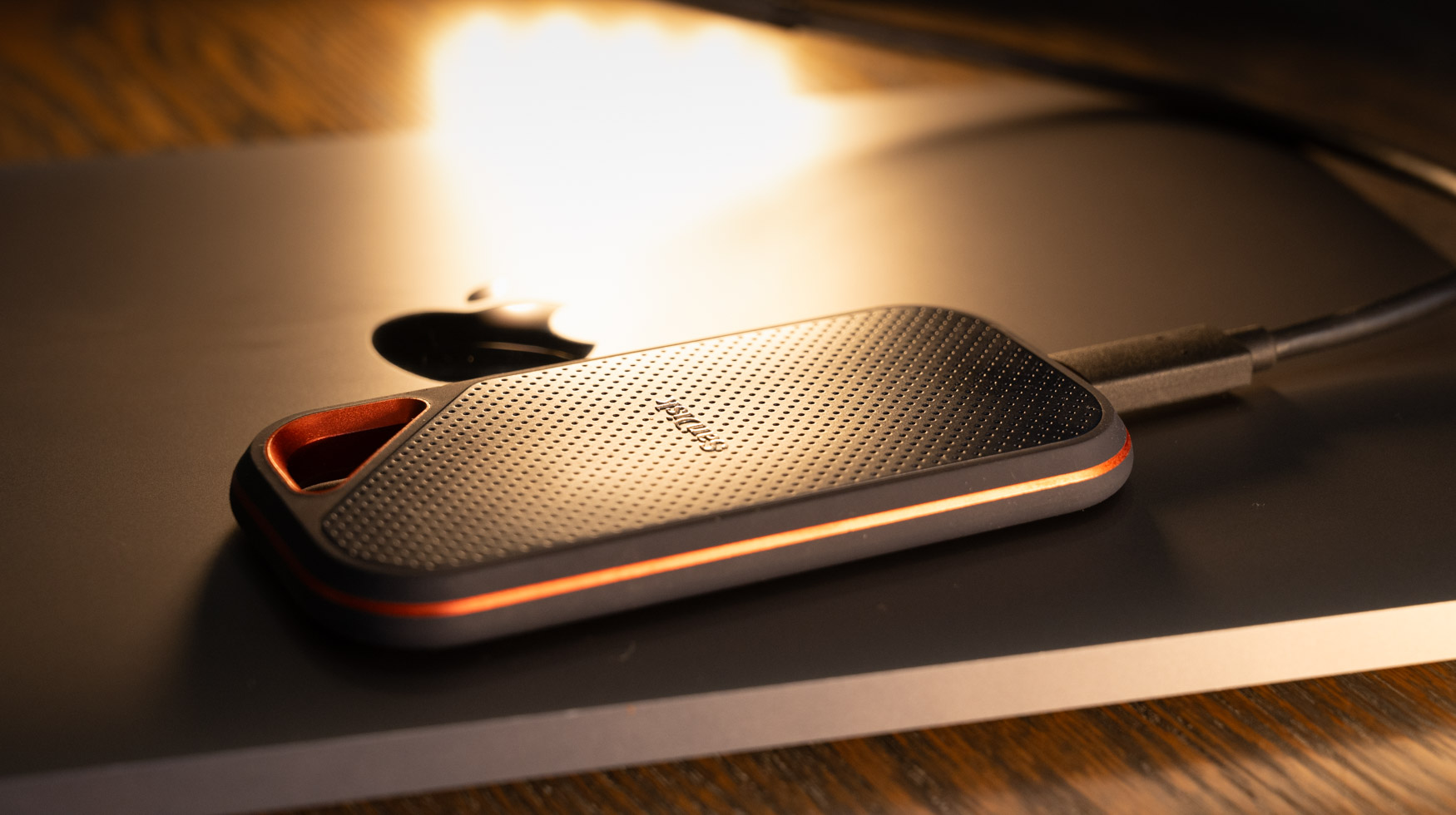
Head Gear, Sunglasses, Kikoi and Sunscreen
Depending on the time of the year that you visit Sabi Sabi and Mala Mala, it will determine what head gear you will need. The summers can be very hot with temperatures in excess of 35 degrees celsius, yet in winter the mornings and evening can be extremely cold and with the wild chill factor of an open vehicle moving, a beanie would definitely be necessary.
One thing I can never be without on any safari are my sunglasses. My eyes are extremely sensitive to the bright light and a good pair of sunglasses are a must, not only to protect your eyes against the bright light, but also the dust.
Another piece of equipment that comes with me on pretty much every safari is a kikoi. These blanket like pieces of material have so many purposes, from protecting your camera from the dust, to wrapping it around your neck like a scarf. Let me know if you would like one, I can hook you up!
It goes without saying that when you're spending many hours in the sun that you have sufficient protection against the sun. My favourite sunscreen that I have used over the years is a brand called Island Tribe and factor 50. I feel it doesn't run into my eyes when I'm sweating, like others sunscreens do and also doesn't have a strong smell. Look it up, it is fantastic!
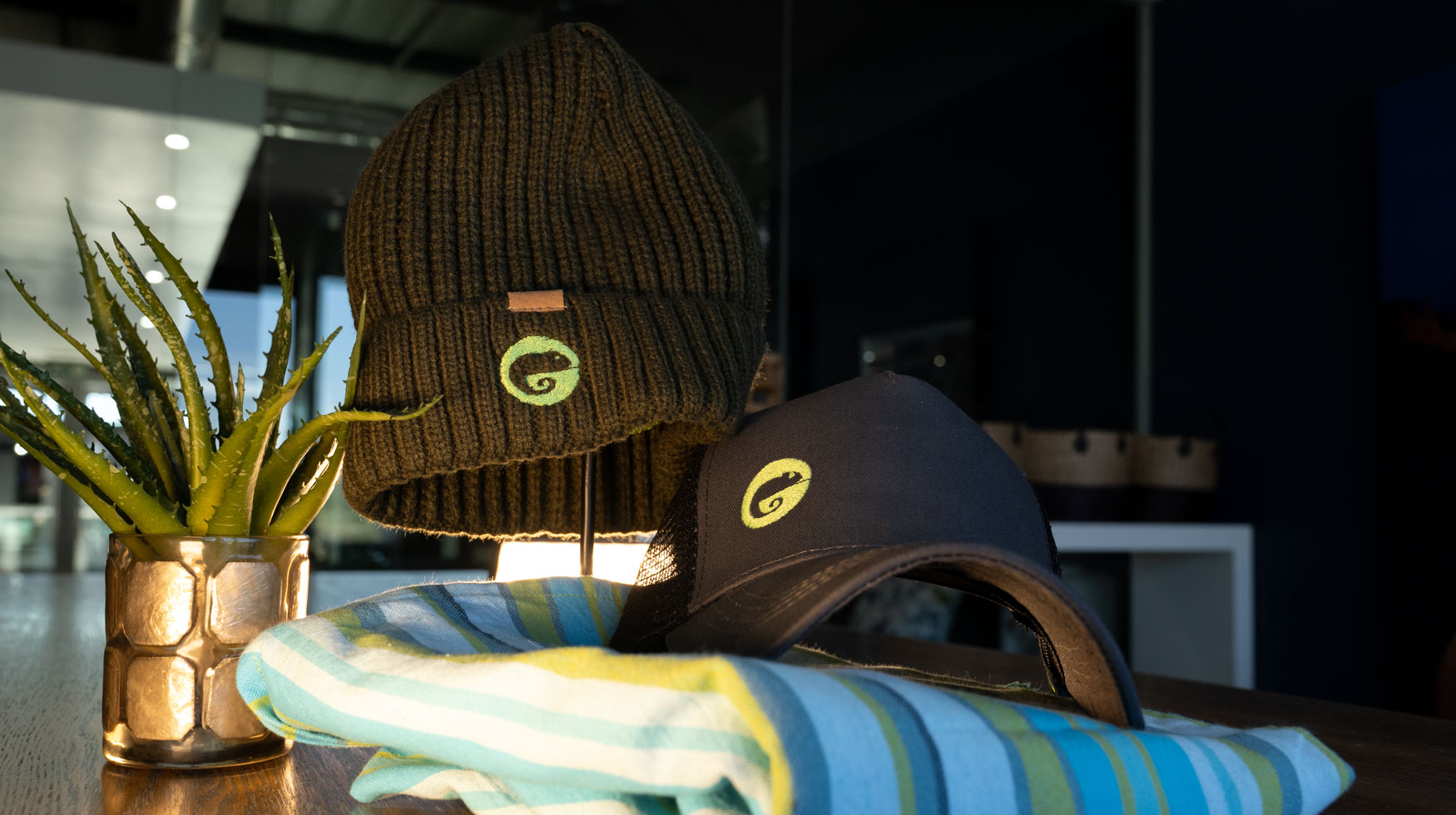
First Aid Kit:
Without a doubt the most important piece of equipment I travel with and that goes with me on every single safari is my first aid certificate.
With us having the responsibility of people's well being and lives, it is vital that our first aid skills are up to standard and with regular refresher courses we ensure that we are up to date with the latest in medical care and have the confidence to step up in a situation if required.
Some of the skills that we have been trained on and need to be able to deal with are:
Burns
Bleeding
Broken Bones
Choking
Snake Bites
CPR
It is vital that these skills are kept up to date and fresh in our minds to ensure that all of our clients are in great hands and that you can have the piece of mind to know that we have you covered.
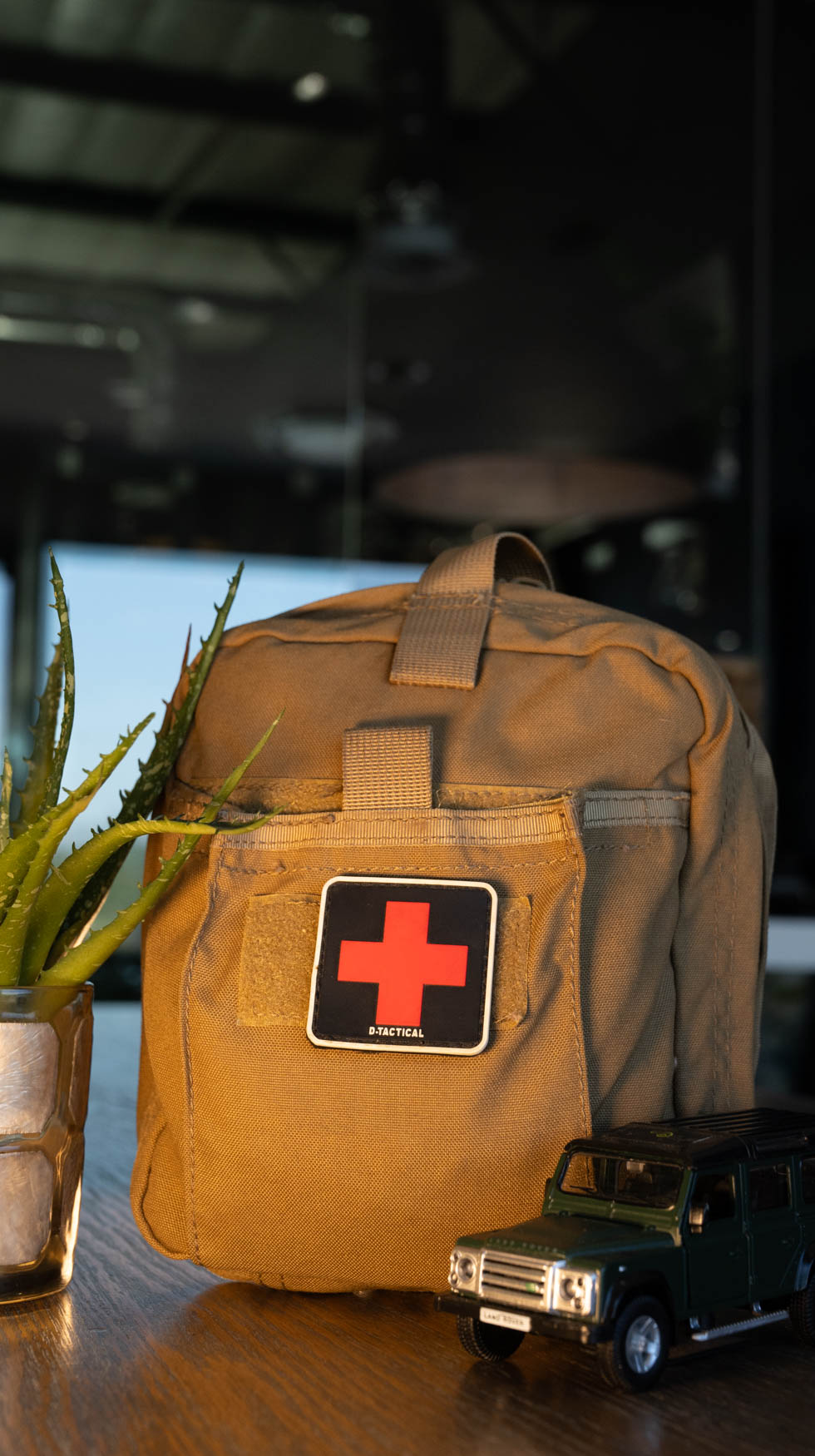
I hope that you found this blog helpful and that there is some food for thought for what to bring along on your next safari.
If you enjoy the content on our blog then please consider checking out our YouTube channel, for some more interesting and inspiring pieces!
What are the things that you cannot do without on Safari?
Johan
Predators of Sabi Sabi and Mala Mala
There are few destinations in all of Africa, that that offer you regular encounters, at close proximity, with Africa's iconic 'Big 5', with Lion and Leopard in particular, all on a single safari experience. The Greater Kruger National Park offers unrivalled game viewing, luxury accommodation, and unforgettable safari experiences.
